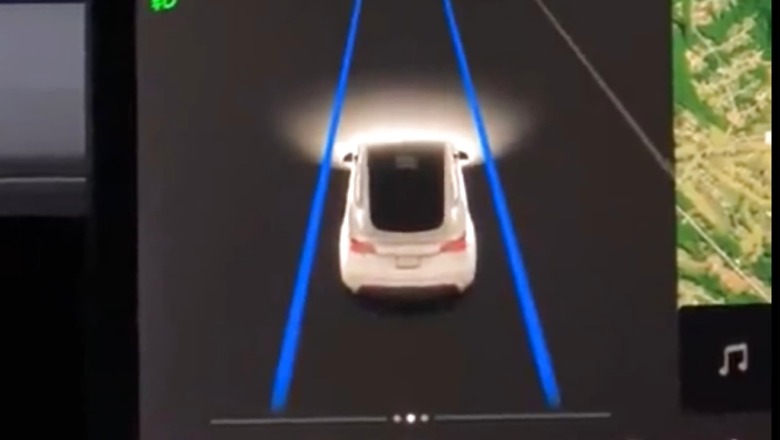
views
Continental’s Technical Center India (TCI) has developed affordable ADAS solutions – radar sensor and Rear View Systems (RVS231), focusing on emerging markets. Both the systems were developed based on the proven platform meant for high-end passenger cars. The development and introduction of affordable radar sensors and rear-view systems will pave the way for the penetration of Continental’s ADAS technologies into the entry- and mid-segment passenger cars, thus enhancing the safety quotient of the vehicle.
Continental has developed the technology under its Vision Zero – Zero Fatalities, Zero Injuries, and Zero Crashes.
The goal is to ensure the vehicle’s safety, occupants, other vehicles and its occupants, road users including pedestrians, cyclists, animals, and the surrounding infrastructure.
In a short span, the technology company has introduced more than 100 million radar sensors in the market worldwide. The affordable and reliable radar sensors can be fitted in front or rear of the car depending on the usage and functionality, it provides safety as well as comfort.
For example, flashing alerts when there is a danger suspected and similarly, enhances the driving comfort through cruise control function especially during long journeys. This radar sensor is specifically designed to suit road conditions such as in India, through a detailed study of the traffic patterns, available infrastructural facilities, and considering the limitations that the Indian roads pose, the perception algorithms were developed to overcome unpredictable traffic conditions and inconsistent driver behavior.
The algorithms use simple concepts such as prediction theory and low-speed traffic participant management. Since the nature of traffic is haphazard and uneven, these algorithms are designed to be highly adaptable to the traffic density, velocity conditions, and road types. For instance, these algorithms adapt themselves to traffic on the city roads with a high density of traffic participants as well as highways where density isn’t much but the speed conditions which can be modified to bring about efficiency- in crucial parameters like fuel or energy consumption.
The automotive algorithms have been optimized to have smaller memory and runtime resources, making them efficient enough to fit on the low-cost microprocessor. The radar is secured with best-in-class cybersecurity features, stable performance on highly dynamic traffic scenarios with tolerance for extreme temperature, weather conditions, and vibrations.
The radar sensor has been tested on over 1.5 million kilometers of road data, including 8,000 kilometers of Indian roads. Such extensive and elaborate testing helps Continental meet safety standards such as the Global NCAP 2018 regulation and United Nations Economic Commission Sustainable Transport regulation for 2024. Furthermore, the radar technology incorporates intelligent Level 1 driver assistance functions such as adaptive cruise control, Emergency Brake Assist, Traffic Jam Assist, Blind Spot Detection, Lane Change Assist, and Rear Cross-Traffic Alert, among others.
The RVS231 comes with one microcontroller and built-in functions. The camera is pre-installed with software for emergency braking and pedestrian recognition. This is enabled by functions that include automatic self-calibration, detection and classification of objects, vehicles, pedestrians, and high-resolution visualization views with overlays for the vehicle trajectory of the rearview.
The product complies with the European NCAP1, NCAP2, NHTSA, and IIHS safety standards, covering criteria ranging backward/reverse driving, precision braking against pedestrians with a capability to avoid 95 percent of reverse crashes (involving pedestrians). The product’s complete software & algorithm, including detection, video chain, driving functions, Back-up Assist (autonomous braking while reversing), visualization, etc., were developed, validated, and tested at TCI.
Read all the Latest News , Breaking News and Ukraine-Russia War Live Updates here.
















Comments
0 comment